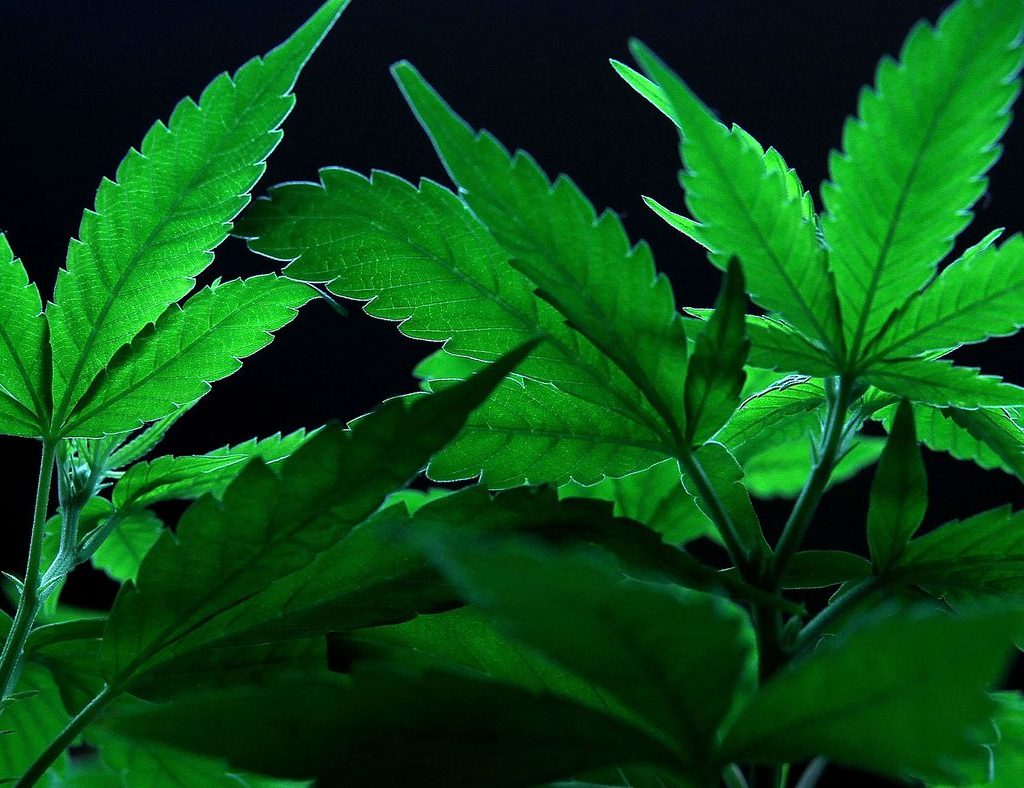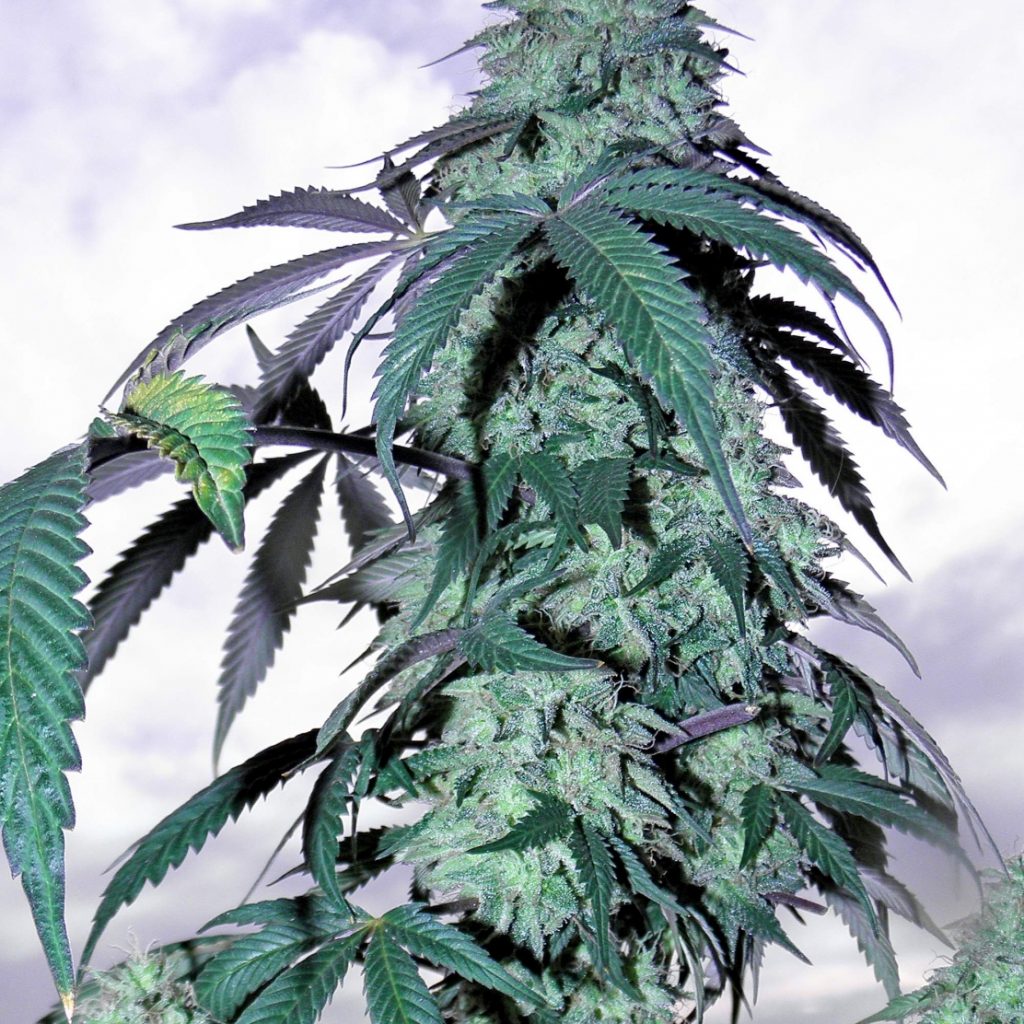Getting your light schedule right is an important part of growing cannabis. Actually, the size and the quality of your harvest depends largely on the amount of light your cannabis plants receive and its timing. The seedling, vegetative and flowering stages each require unique lighting conditions. Every grower does things in their own way, and we have tried to capture a wide range of successful strategies for implementing marijuana light schedules. Let’s check them out!

Photoperiod Strains And Their Light Needs
Cannabis is an “annual” plant, meaning it lives for just a single growing season. The natural growth cycle for cannabis is to begin life in spring as a seedling, then to “veg” all spring and most of the summer, after which it “flowers” and grows buds in order to propagate the next generation. Because of this heritage, photoperiod cannabis will “flower” when exposed to the right darkness conditions. Give cannabis 12 hours of uninterrupted darkness a day consistently and it will go into flower (thinking that it’s fall when the nights grow longer). Each stage of a cannabis plant’s lifecycle has its own unique lighting requirements.
Once your seed has germinated (or your clones rooted), your plant is at the seedling stage. This will last for only 2-3 weeks indoors but up to 6 weeks outside. During this stage, your cannabis plant will be exerting a lot of its energy to develop its root system. As a seedling, your plant will transition from growing single blade leaves to growing leaves with multiple blades (also known as “fingers”) – this is an indication that the seedling stage is over.
Light Schedule Options For The Seedling Stage
The optimal marijuana light schedule for seedlings is 18/6, meaning lights are on 18 hours per day and off (giving the plant darkness) for 6. However, some growers experiment with cannabis light schedules of 20/4 and even 24/0. Running lights on all day with a 24/0 light schedule will max out the limit of your equipment, especially fans, and will run up a high electricity bill. Opting for a 20/4 schedule gives your plants a small dark period to respire while still maximizing the amount of light your plants get, and also giving your equipment a short breather. It’s okay to experiment and find out what cannabis seedling light schedule works best for you.
Seedlings do not require bright light to grow well. Contrary to what many may think, light that’s overpowering can sometimes harm seedlings. However, if you dim your lights or use a weaker bulb, make sure to check the distance between the bulb and your plant. If the light is too far away from your plant, it will stretch, and if the light is too close, it may burn (especially if it’s an HID). With an LED, for example, you’ll want to keep your light between 60-76cm (24-30 inches) away from your seedlings.
During the vegetative stage, cannabis undertakes most of its growth. By now, the plant should have a solid root structure on which to grow. The length of the vegetative stage can differ widely among growers – some prefer to take longer before switching the plant to 12 hours of darkness to make it flower. However, they will generally have an indoor cannabis light schedule during the vegetative stage for at least 4 weeks depending on the phenotype and genetics of the plant.

Marijuana Light Schedule Options For The Vegetative Stage
During the vegetative stage, you don’t want to let your plants go into flower. This means you should have your cannabis plants under consistent light for a minimum of 16 hours a day. There are growers who opt to go even further and provide a period of 20 hours of light. Finding the right amount of light for the genetics of your plant can take some tweaking. That being said, a pattern of 18/6 (18 hours of light followed by 6 hours of darkness) is the standard marijuana light cycle for indoor vegetative growth.
Outdoors, growers don’t have the ability to end the vegetative stage by switching the cannabis’ light schedule. Growing outdoors means being at the mercy of mother nature and waiting for dark days in the late summer or early fall to trigger the flip into flower. Planning your outdoor grow ahead of time is a must to ensure a successful result and maximize your yields. Ideally, plants should be placed in the ground as soon as the nightly frost ends, allowing your plant a few months of vegetative growth before it flowers.
The flowering stage is the third and final phase of a cannabis plant’s lifecycle. This stage occurs naturally outside when the plant gets 12 hours of sunlight or less each day, when the days shorten during late summer or early fall. Indoors cannabis can be tricked into thinking it’s time to flower by shortening the light cycle to 12 hours of light and 12 hours of darkness.
Light Schedule Options For The Flowering Stage
Indoors, once you’re ready to begin the flowering stage, you’ll want to set up a light schedule of 12 hours of light followed by 12 hours of darkness (12/12). This stage lasts for 8 to 12 weeks. Your lights should be on a constant cycle of 12/12, as any interruption can cause havoc on your grow. In fact, too much light can cause your plant to revert to the vegetative stage (“re-veg”) or even turn into a hermaphrodite. For best results indoors, use a color spectrum between yellow and red.
Outdoors, much is beyond the grower’s control. You want to plant early enough so that when flowering hits, you have a large enough plant to pack on bud weight. You also want to choose a location with full sun to maximize the amount of light your plant receives during the day.
Autoflowering cannabis plants have been crossbred with cannabis Ruderalis to create cannabis plants that flower based on time rather than a light/dark schedule. Autoflowers naturally have a short vegetative phase and don’t require the switch to 12/12 to start flowering. Some growers opt for an 18/6 light schedule throughout the lifecycle of their autos, believing that the plant needs a short recovery period of darkness. Other growers opt for a marijuana light schedule of 24/0, arguing that it maximizes the productivity of the plant’s short vegetative growth period. There are even growers who opt to provide their autos with a 12/12 schedule during flowering – however, note, this will reduce the size of your buds and is not actually necessary, as autoflowering plants flower based on time, not light cycles.

You know, sometimes a person just plants their garden and lets it do its own thing, but this experiment really makes you appreciate the true science involved in what we may take for granted. I really enjoyed the technical science, although i’ll never remember the terms.